Apple Watch and durability: How tough are Apple's finishes?
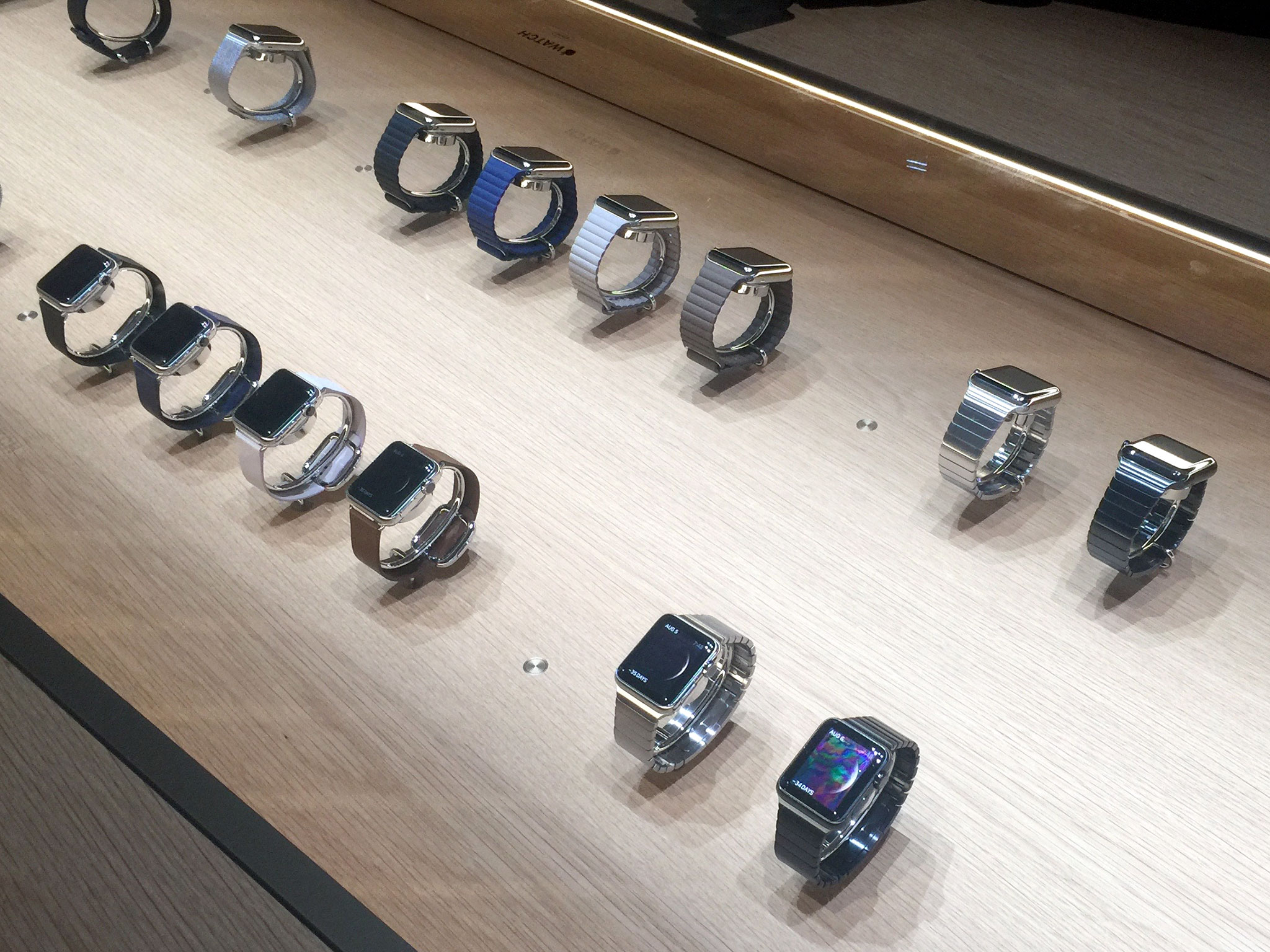
Most of us have seen how an iPhone (sans case) tends to look after a year of daily use - all of those dents, dings and scratches occur to a device that lives primarily in your pocket, in your hand, or on your desk. A watch leads a far less privileged life, swinging exposed on the wrist, open to a tremendous amount of incidental daily contact.
Greg Koenig is co-founder of Luma Labs. He hews atoms into objects you may find useful. In this capacity, he's gained expertise into manufacturing and materials, and has been gracious enough to share those with us in this overview of the Apple Watch and its potential durability. In the part, he covers the durability of Apple's aluminum, stainless steel, and gold cases. In part two, he covers the durability and tradeoffs between Apple's Ion-X and sapphire screens.— Ed
It's no surprise that questions are being raised about just how durable each variant of the Apple Watch will be, given that people are now considering putting down real money for them. The best way to answer such questions is to wait and see how the first wave of watches do in the hands of real people. Yet it's not unreasonable for potential early adopters to want at least some idea before they buy. Lucky for us, Apple is using materials and techniques that have been standard for wristwatches going back a few decades, so we can make some educated, experience-driven assumptions about how the watch variants will fair on our wrists soon.
The Edition
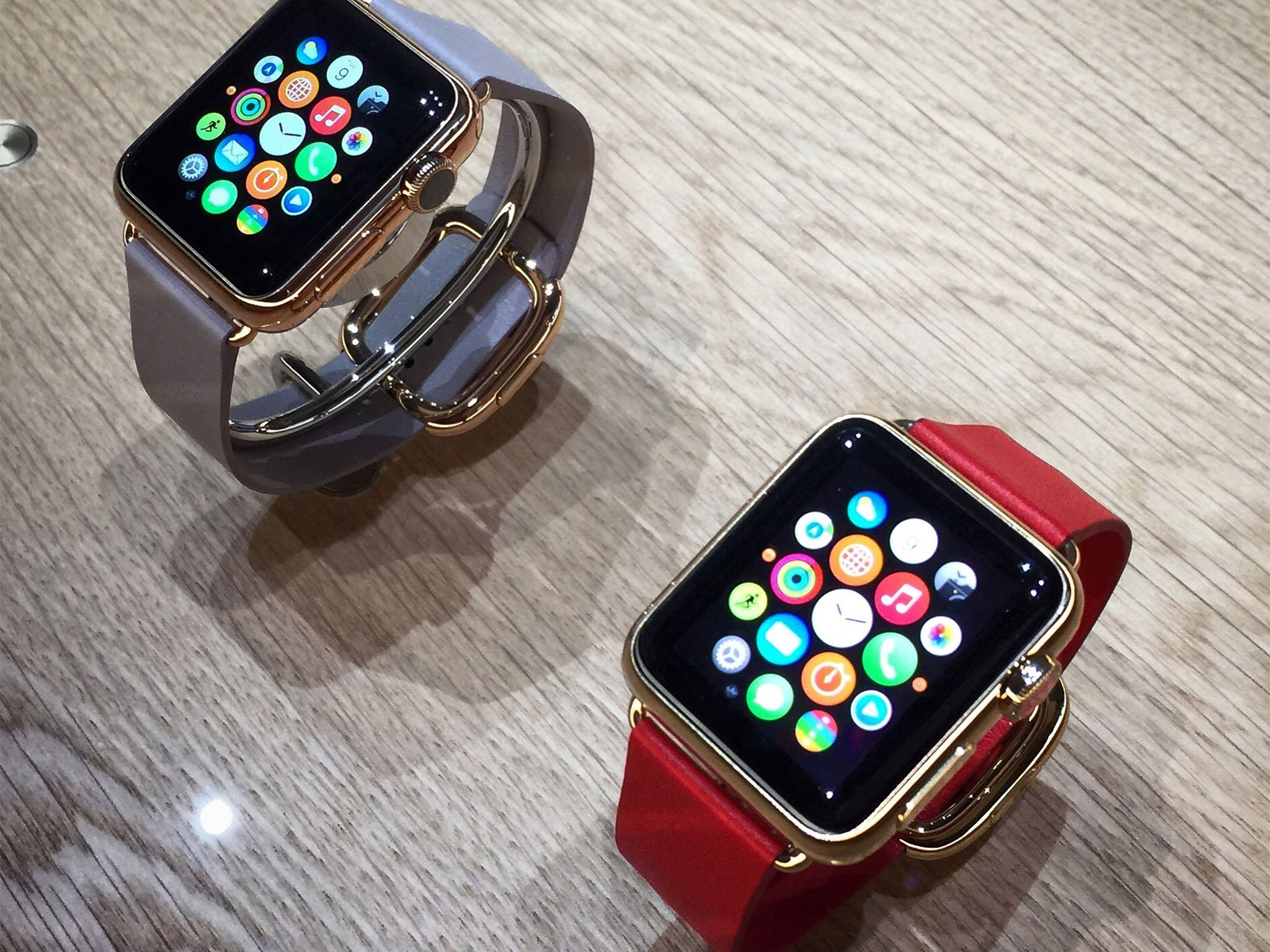
Apple Watch Edition is made from 18kt gold. While there were some pre-launch contentions that the Edition models would use some revolutionary tungsten-ceramic-matrix wizardry to improve hardness and durability, none of that came to pass. By definition, 18 karat gold is comprised of (at least) 75% pure gold by weight, while the remaining materials in the alloy exist to modify the color, increase the hardness and/or make the gold more workable. Apple claims to be using a "proprietary" alloy, but that is just marketing speak - every large manufacturer of gold has their own metallurgists on staff, alloying facilities and recipes. Consequently, every manufacturer of gold watches claims their alloy is more durable, resilient and lustrous than the competition, with very little quantifiable data or 3rd party testing to verify such claims.
Durability wise, gold is not the ideal material to manufacturer a watch with; it is soft and prone to being dented and damaged quite easily. On the other hand, repairing gold items is relatively straightforward, and any jeweler or watchmaker worth their salt can readily polish out the vast majority of accumulated daily scratches and ticks. Severe dents and gouges are also easily repaired simply by filling in the defect and polishing the area smooth - a process readily performed by a quality jeweler.
As to the clasps on the Edition models, it remains to be seen if they can be removed from the leather strap. Leather watch straps see tremendous wear and tear, most have a service life of 2-5 years, depending on how rigorous the owner is with them. Consequently, the metal hardware on leather straps is easily removed and transferable to a replacement strap, especially on modern watches where the design of the clasps may be closely related to the case of a watch (and therefor, difficult to replace once out of production). With the Edition models featuring solid gold clasps, it would be crazy to think replacing a worn leather strap would require the purchase of new clasps, but we are talking about Apple here, so who knows?
The Watch
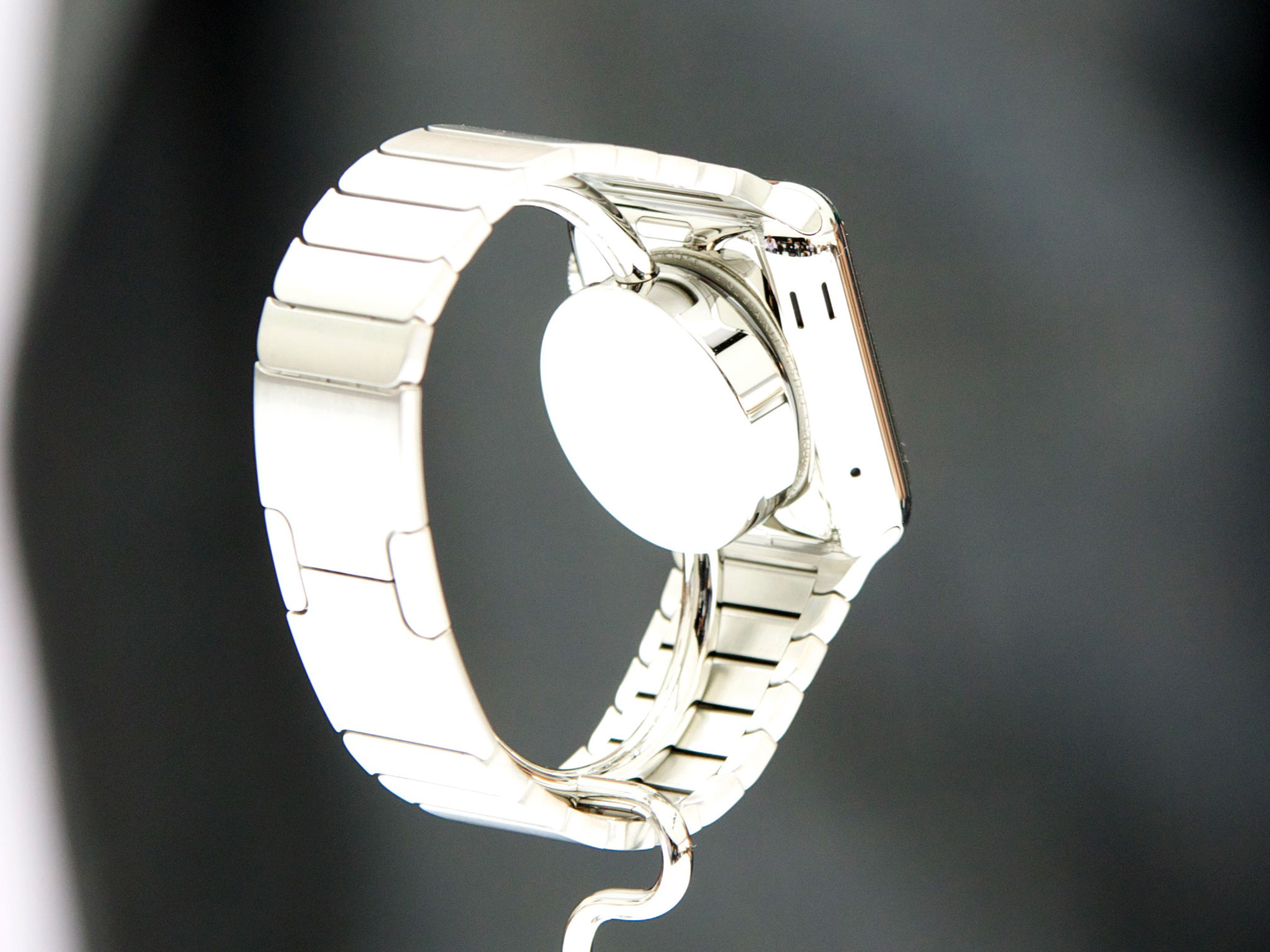
The mainline stainless steel Apple Watch cases are made from the most common watch alloy in existence, 316L. While Rolex will claim their use of 904L stainless is superior to 316, the reality is that the differences are irrelevant in everyday use. 316 alloy is strong, durable, plenty corrosion resistant, and polishes to a beautiful luster.
iMore offers spot-on advice and guidance from our team of experts, with decades of Apple device experience to lean on. Learn more with iMore!
In general, you can expect the Apple Watch models to wear about the same as any other high-quality stainless watch, with perhaps slight advantages afforded by both the smooth case profile (less edges to catch and ding) as well as the profiled forging process. Stainless is slightly softer than anodized 7000 series aluminum, but the polished surface and dense grain structure should help the occasional impact glance off the surface with little/no damage. It also helps that the Apple case is fully polished — the surface leaves little traction for an impacting object to hit, and the shine actually helps to make minor scratching more difficult to see.
This also brings us to the Link bracelet. There has been much debate about Apple's choice to use a brushed (small, directional micro scratches) surface on the bracelet, in contrast to the polished surface of the case. Every high-end link bracelet I've ever seen or owned has featured a brushed surface and this is (to me) vastly preferable. The faceted angles of a link bracelet will catch reflections from nearly any angle, causing the watch to be excessively bright. More importantly, bracelets receive the most wear and tear of any component on a watch, and brushed surfaces do a much better job of hiding the daily dings than polished ones.
For stainless steel watches, refinishing is a routine service often done during battery changes (quartz) or movement servicing (mechanical). The preferred method for refinishing a watch is to do so with disassembled components (especially on watches that feature both polished and brushed contrast surfaces), but a basic polishing can be performed on an assembled watch. Talking to a couple of watchmakers, they felt that the stainless watch could have daily scratches removed, but they would prefer to have access to special tools to protect the edges, crown, and buttons (lest polishing break the hard edges in these areas). The Link bracelet, on the other hand, should be relatively straightforward to touch up and remove daily wear marks.
Space Black Watch
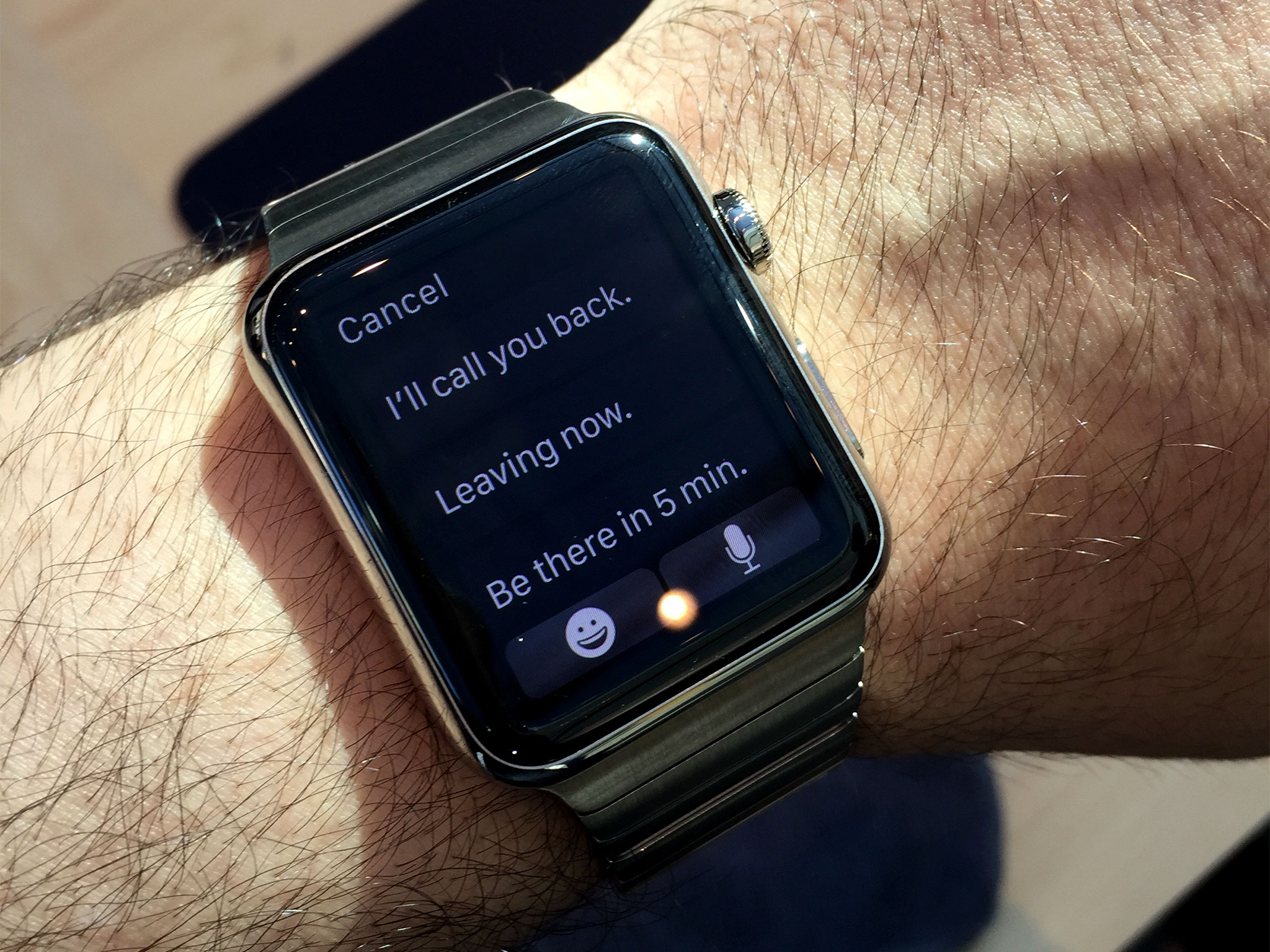
Black watches do not have an illustrious history in the world of quality timepieces for two reasons.
- The highly "technical" look contrasts with casual wear but is also too much for formal attire.
- Plating technologies left a lot to be desired, and older blackened steel watches quickly looked worn after just a few high-contrast silver dings and scratches.
With the vast majority of "luxury" watch buyers only owning one or two timepieces, shoppers generally look for watches that can be used for a lifetime, and for a broad range of occasions. Black watches have had trouble offering that.
Enter two technologies: The Physical Vapor Deposition (PVD) plating process and Diamond Like Carbon (DLC) materials.
In the basic PVD process, a part is cleaned thoroughly and placed in a vacuum chamber, along with a consumable sample of plating material. Once the air is evacuated from the chamber, the material sample is vaporized by a heater and eventually condenses on the target part. PVD is a highly competitive, advancing technology with applications across many fields — anti-reflective, UV blocking, scratch resistant sunglass coatings? PVD — and the process is often heavily modified. The gist remains the same.
The PVD process is used to create a vast array of coatings, but the current gold standard for hardness and wear resistance is DLC. Essentially, a DLC coating is a 1-3 micron layer of carbon that self arranges into a structure similar to that found in a diamond, thus imparting some of a diamond's surface hardness properties. In fact, many of the attempts to create synthetic diamonds revolve around modifying the basic PVD DLC process in order to "grow" a stone. The term "DLC" itself isn't just one kind of coating, there are 7-8 different basic chemistries, and each manufacturer of equipment and service provider often creates their own proprietary recipe and processes. (Tungsten DLC, for example, deposits a layer of tungsten on the part before the DLC layer is applied, promoting better adhesion).
So just how tough is DLC? The best way to put it is that the watch industry is a second or third tier user of DLC coatings. The vast majority of research and application of DLCs goes into highly engineered components that depend on DLC's hardness, friction reduction, corrosion resistance, and tribology advantages. (That's the study of how one material interacts with another during contact and sliding.) You'll find DLC coatings on shock absorbers and engine pistons in F1 cars, across the leading edges of fan blades in jet engines, coating critical medical implants, and the cutting tools inside the CNC mills and lathes that made the Apple Watch itself. (DLC extends cutter tool life, improves cut quality and allows for dramatic feed/speed increases.)
How this all affects the Space Black Watch is entirely dependent on the quality of the DLC coating Apple is using. Like all things in manufacturing, there is a pretty broad range of quality you can wring out of a particular process. We've seen factory and aftermarket DLC watches that seem impervious to damage, while others have flaked off with minor use. It is a very safe bet that Apple's DLC is pinned at the better end of spectrum, and that would mean the Space Black Watches will be the most durable models of the watch in day-to-day use.
One downside of the DLC process, though, is that any damage to the surface of the Space Black watch will, for all practical purposes, be unrepairable. To re-coat the DLC, you would need to strip the watch to it's bare case and have the entire coating re-applied. While you probably have a PVD shop in your area with DLC capabilities, they would need to develop a strategy to coat your watch (how it is held in the machine to provide an even coat), as well as figure out the proper recipe. The costs to do this for a single watch would quickly exceed the price of simply replacing it.
The Sport
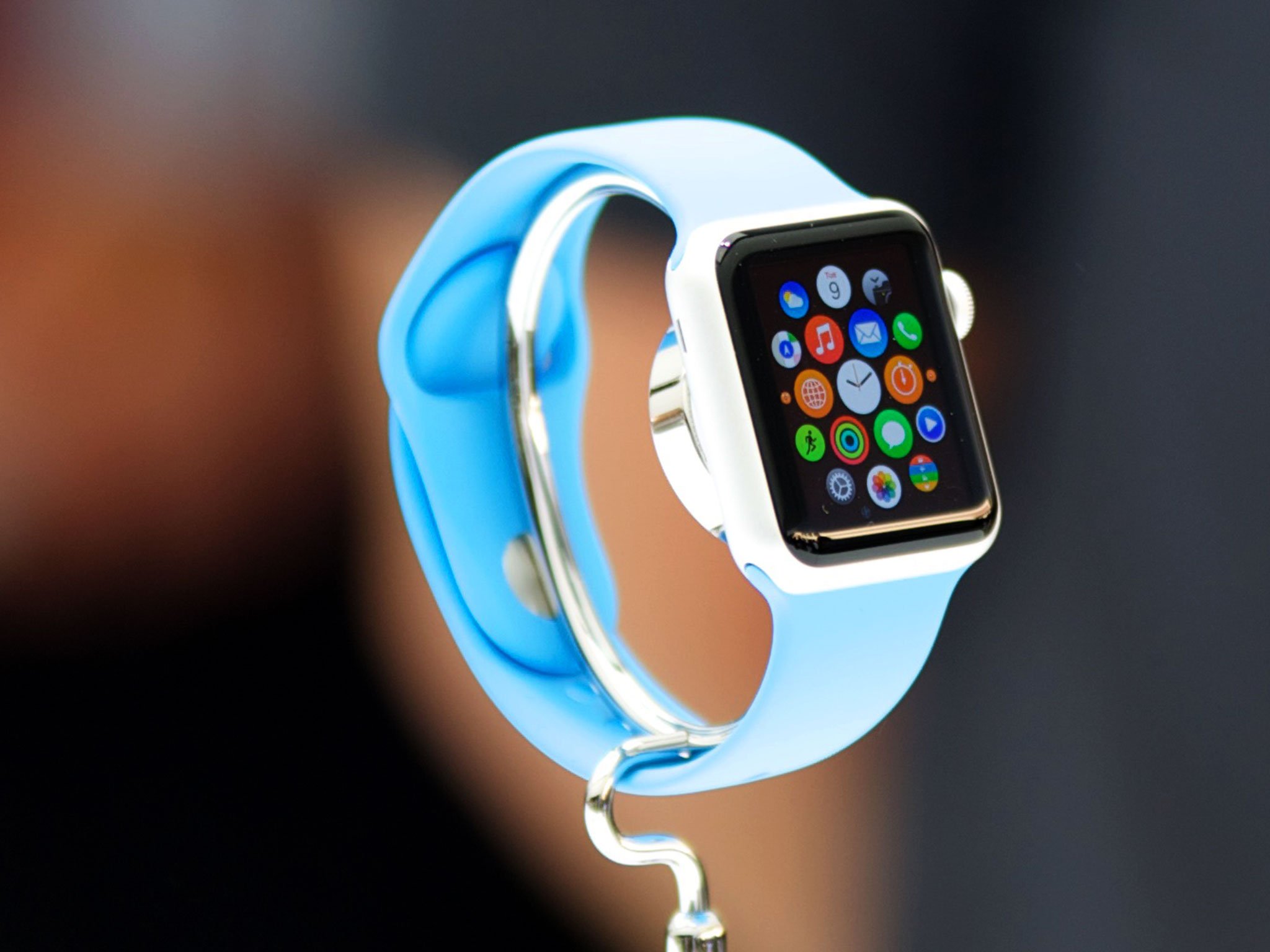
Aluminum is, generally speaking, about the least suitable metal for creating a watch. Not only is standard aluminum quite soft, but it must be plated to avoid oxidization, leading to many of the same problems as older plating technologies for black steel watches. Apple is acutely aware of this and also has more experience selling and servicing aluminum products than any other company. That's why they appear to have taken some interesting strategies with the Sport variants.
First, Apple has chosen to use a harder aluminum alloy — 7000 series. While the standard 6000 series aluminum is plenty strong for a watch, 7000 series aluminum offers roughly double the hardness and twice the tensile strength, approaching figures typically seen in mild steel. This means the anodized surface will have a much harder underlying structure to resist scratches and dents.
More importantly, Apple has deployed some advanced anodizing technologies. Anodizing is an electrochemical process that "grows" a uniform layer of aluminum oxide across the surface of the part, and there are a number of different methods for making this happen. In anodizing, the raw aluminum part is placed on a metal rack and (after a quick acid bath to clean the surface), is dipped into a tank of sulfuric acid. While in this tank, a positive electrical current is passed through the metal rack and the anodizing parts, while the negative end of the circuit is located in a metal plate inside the tank. This current causes oxygen molecules in the sulfuric acid to bond to the outer layer of the aluminum, creating a skin of aluminum oxide - a ceramic material that is far harder than the underlying aluminum.
There are many specifications for anodizing aluminum that lay out the exact chemicals to be used and the thickness/density of the anodize to be applied to a part. The vast majority of aluminum products you see are Type II anodized — low currents are applied, near room-temperature sulfuric acid is used, and the anodizing layer is typically only 0.0005" thick. (That's about 1/8th the thickness of a sheet of copy paper.) Type II anodizing is quick, requires little power, and provides sufficient protection while still allowing the aluminum to be dyed in a variety of colors.
In looking over some current Apple products with anodizing process experts, we've noticed a substantial durability increase, starting with the introduction of Space Gray with the iPhone 5s. Normally, this would be attributed to Apple switching to a process known as Type III anodizing, where higher current and near-freezing sulfuric acid is used to grow a layer of anodization well over 0.001". Type III anodize is very (very!) durable, but that thick layer tends to actually grow parts out of dimensional tolerance, haze over any polished surfaces and soften edges. However, we see none of the typical signs of Type III anodizing in Apple's current products. More interestingly, using calibrated anodization layer thickness measuring tools (ones currently certified for aircraft component production processing) we could not measure the thickness of my Space Gray iPhone 6 anodizing.... How?
The best theory that we've developed is that Apple is using a combination of tricks to achieve anodizing superior to the typical processes everyone else employs, combined with post-anodizing processing. Most likely, Apple uses the high currents and chilled baths of Type III anodizing to produce a dense, thin layer. Before sealing, this layer gets stuffed with dyes, optical brighteners, and hardening elements to further enhance the surface properties (hence Space Gray's almost silver appearance, the bronze undertones of the Space Gray Sport, and the clear silver on the standard Sport).
Whatever Apple is doing, I found myself impressed. I was prepared to write this piece with the conclusion that the Sport watches would be "essentially disposable" in the wear and tear department, but I made a field trip to all 3 Apple Stores in the Portland area. With the Watch Try On tables empty, the employees were happy to show me all 32 Space Gray Sport watches Apple has in the Portland area, and they were all still flawless. It's important to remember, these watches have been on-duty now for 10 days, being handled by literally hundreds of people. Even without rough handling, I would expect the anodizing to just start showing signs of wear on the edges, but every watch I inspected still had a flawless finish.
Still, as impressed as my field trip made me, the fact is, Apple Watch Sport will likely be the most delicate of the models when it comes to overall durability, especially the Space Gray models (like the one I ordered). Even without dents and dings, anodizing tends to be extremely thin at sharp edges. I fear the Digital Crown's grippy, laser cut serrations will show signs of use fairly rapidly. Apple could prove me wrong here — they clearly have some very smart anodizing experts on staff, lots of experience with the process and the resources to push the science forward.
- Read part two: How tough are the Apple Watch screens?


